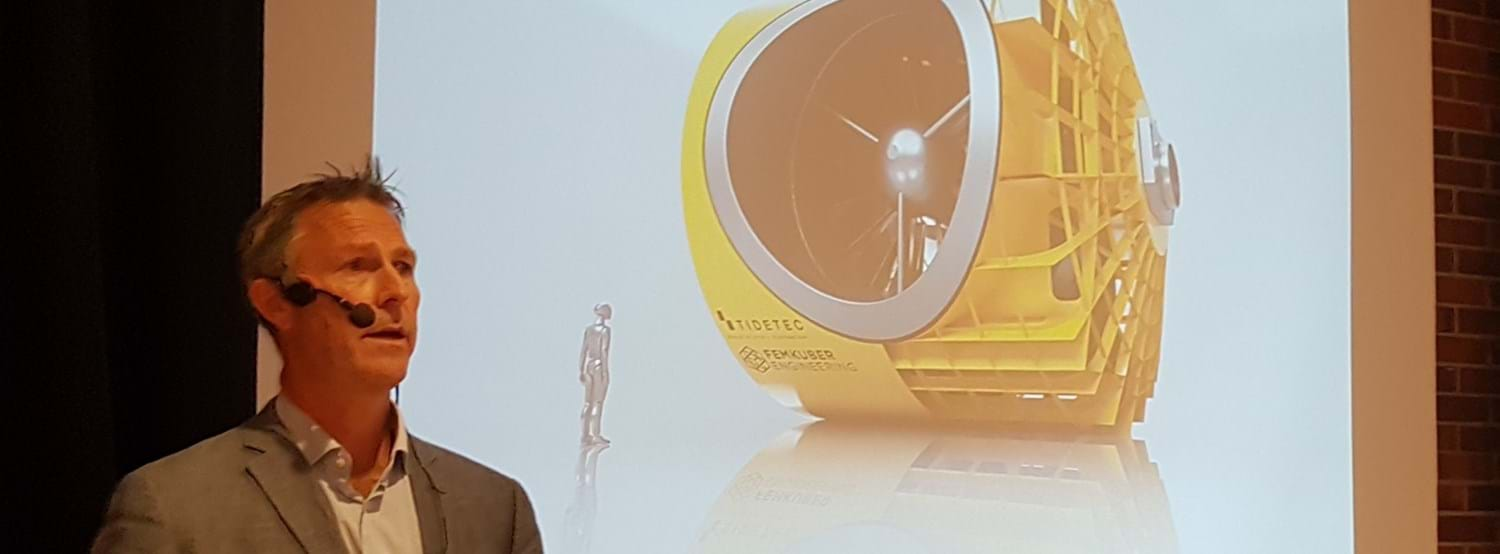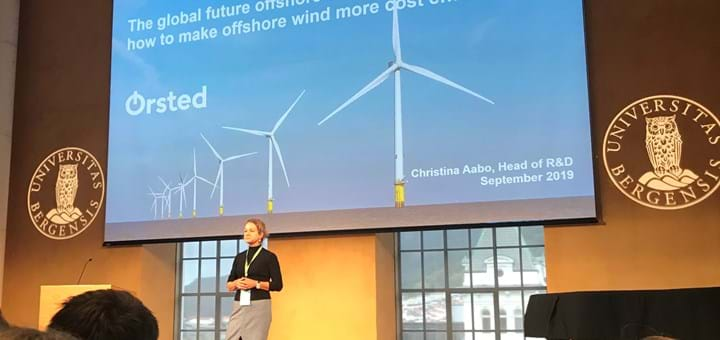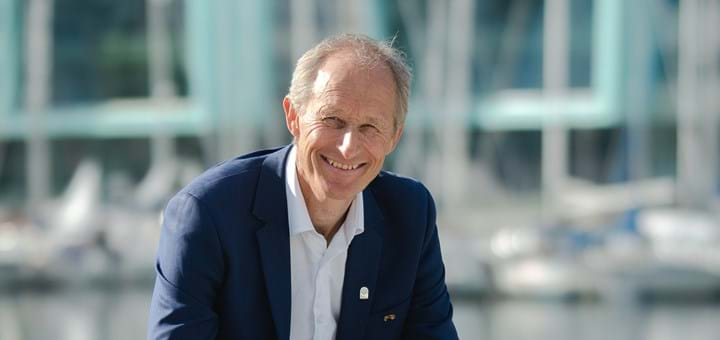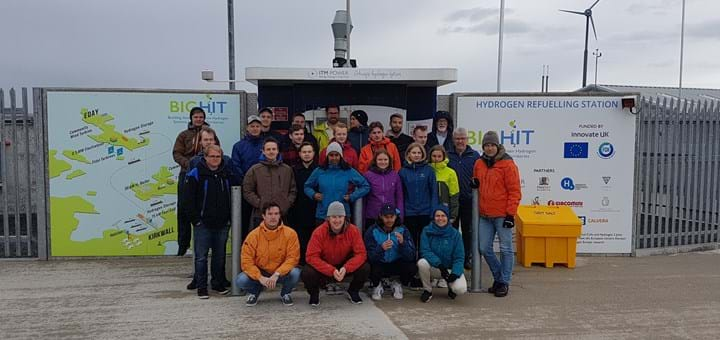Successful Marine Energy and Hydrogen Conference

Our conference in Florø this week gathered 160 professionals from 19 countries. Discussions focused on utilising marine renewable energy and using hydrogen, as energy carriers for zero emission propulsion of ships.
The opening presentation was given by Maria Azucena Gutierrez Gonzalez from NTNU Oceans. She focused on how the climate change already affects the maritime businesses and the urge for the industry to collaborate internationally and set the activities under the premises of sustainability.
Download presentations.
Tidal Power
In Orkney, Orbital Marine Power’s 2 MW tidal power device, the SR2000, delivered over 3 GWh to the grid during a 12 month test period. As Orkney produces over 120% of its energy needs through renewables, some of this energy can be stored as hydrogen and used for heating and transportation locally.
– Tidal power has attracted more attention in recent years and I think we will see a number of commercial projects coming up in the near future, said Jon Clipsham, Hydrogen Manager at EMEC.
It is only a matter of time before the 25.000 MW (£30bn) UK Tidal lagoon power market materialises. Tidetec has a solution to kick-start this market. CEO Arne Kollandsrud presented both technical and commercial focus. – We think our turret solution will set a new standard for tidal lagoon power. These days we are collaborating in a most promising project which can power up to a million households in the UK, Mr. Kollandsrud stated.
Global Player from Orkney
Located in the town of Stromness in Orkney, the business Aquatera, founded in 2000, offer consulting and project management with a focus on marine renewable energy. They have been involved in over 300 projects in more than 30 countries around the world.
– Having our head office in Stromness is a strenght for us, said Ian Johnstone, Management Team Leader at Aquatera. – In Orkney we are located within the marine energy hub which is closely connected with R&D and leading industrial players within tidal and wave power. This gives us a unique position as a member of a world leading cluster of businesses involved in marine energy development, Johnstone ended.
World Wide Market
Inge Bakke from the Norwegian company Waveco, gave a most interesting overview of major ongoing and abandoned wave power projects around the world. In total, Bakke listed 34 projects while his own Subwave energy concept was presentet on day two. Wave power represents a formidable energy resource, but has proved very difficult to exploit in a commercially sustainable way. – The rapidly growing need for renewable energy means that the industry must make every effort to address these obstacles, concluded Bakke.
Bill McShane, Technology Manager at the US Department of Energy’s Water Power Technology Office, told the story about ongoing marine renewable projects in USA. The focus on the topic is increasing and more players are entering the stage. – It has been quite interesting to be part of this international conference and the ability to discuss important topics with global leading professionals. I am really inspired and will bring new information back home, said Bill McShane.
Australia focuses on offshore renewable energy systems as part of the blue economy. Dr. Mark Hemer, from Climate Science Centre CSIRO Oceans & Atmosphere, presented the goals of the newly established Australian Blue Economy Co-operative Research Centre, which presents the offshore shift of aquaculture as an exceptional market for offshore renewable energy systems. The Florø conference provided a unique global opportunity to meet and discuss opportunities to work towards common objectives, said Mark Hemer.
Hydrogen for Energy Storage
Storing renewable energy can be a challenge as production and demand are both time and geographically independent of each other. Irish company Solar Marine Energy Ltd, in conjunction with University College Cork, are currently developing a solution to use floating solar panels located in ports and harbours to produce clean hydrogen for the maritime market. - We are currently engaged in a project funded by the Marine Institute in Ireland to design our FPV to H2 plants and are developing a pilot project in Cork harbour, said Senior Research Engineer Dr. Alan Henry at Solar Marine Energy Ltd.
The energy from offshore wind can also be stored as hydrogen. Maarten Fonteijn, Venture Builder at Enviu, informed the audience about Enviu’s solution in his presentation Creating a zero-emission waterborne business case … TODAY. By breaking silos between industries, we can create a business case for businesses along the zero-emission value chain, creating and utilising green fuels offshore, for example in the North Sea. – We think our solution can add value to offshore wind projects at open sea with long distances to shore, Mr. Fonteijn ended.
Contact Information




